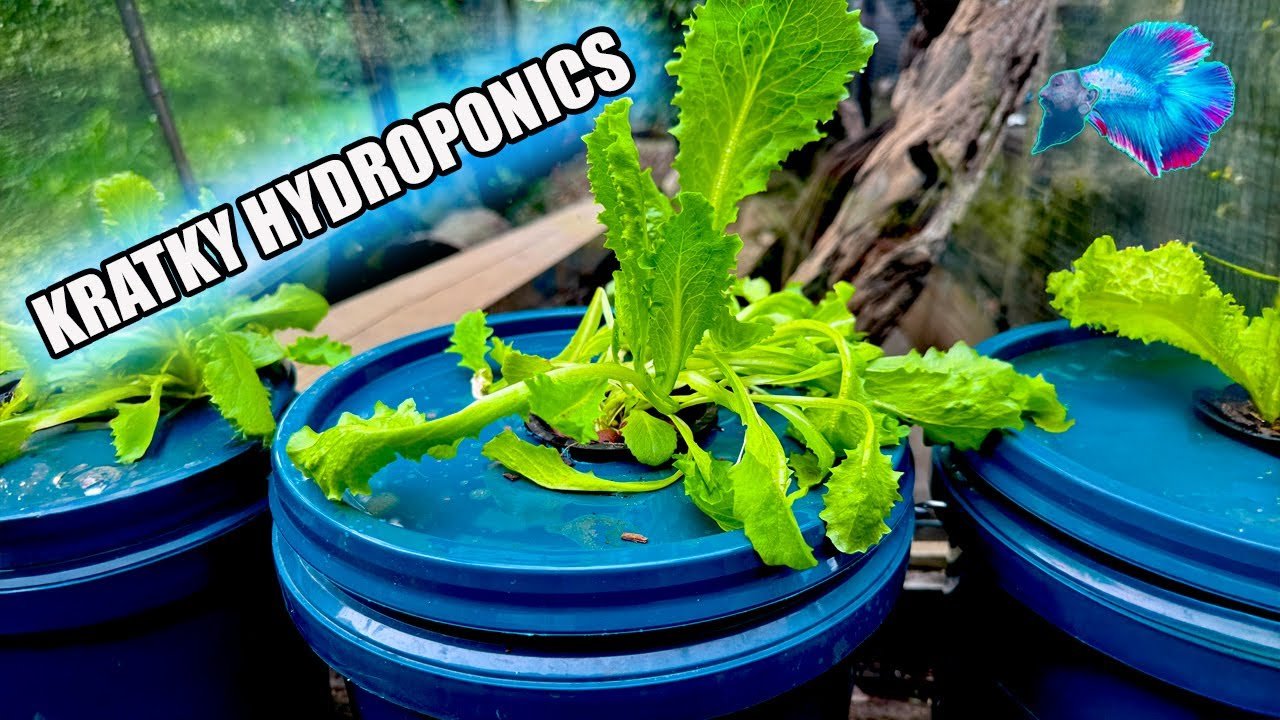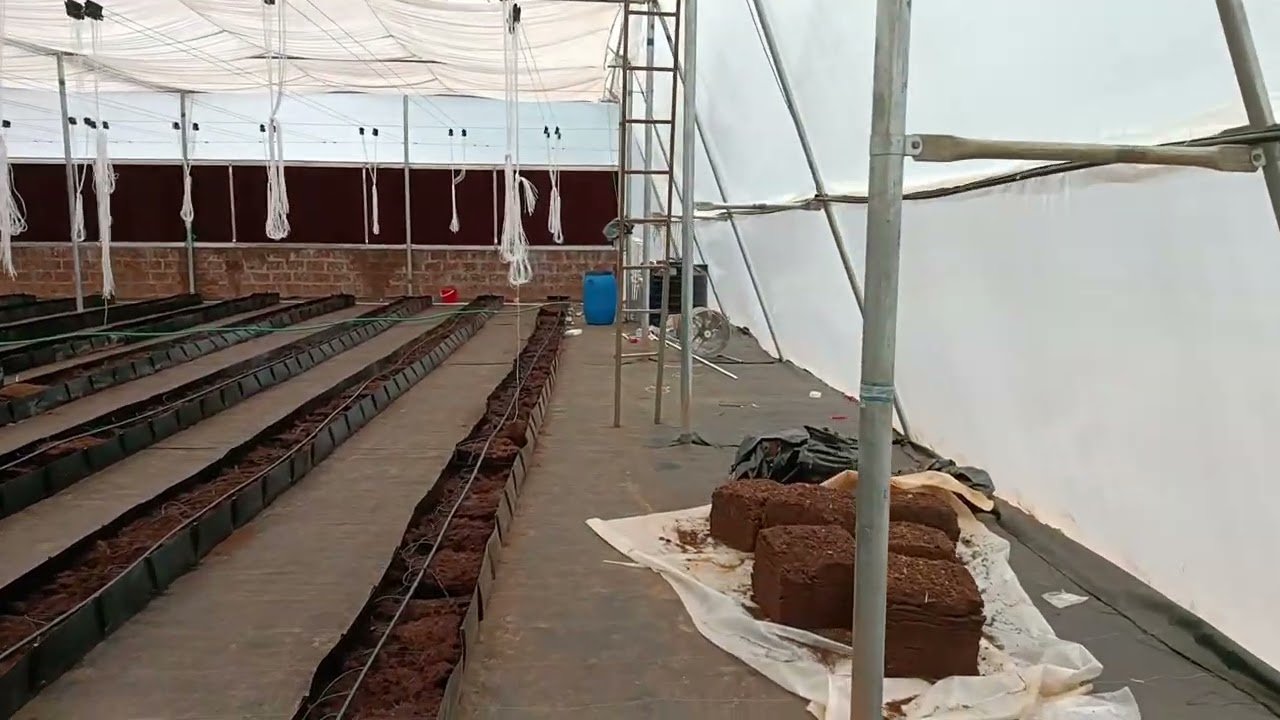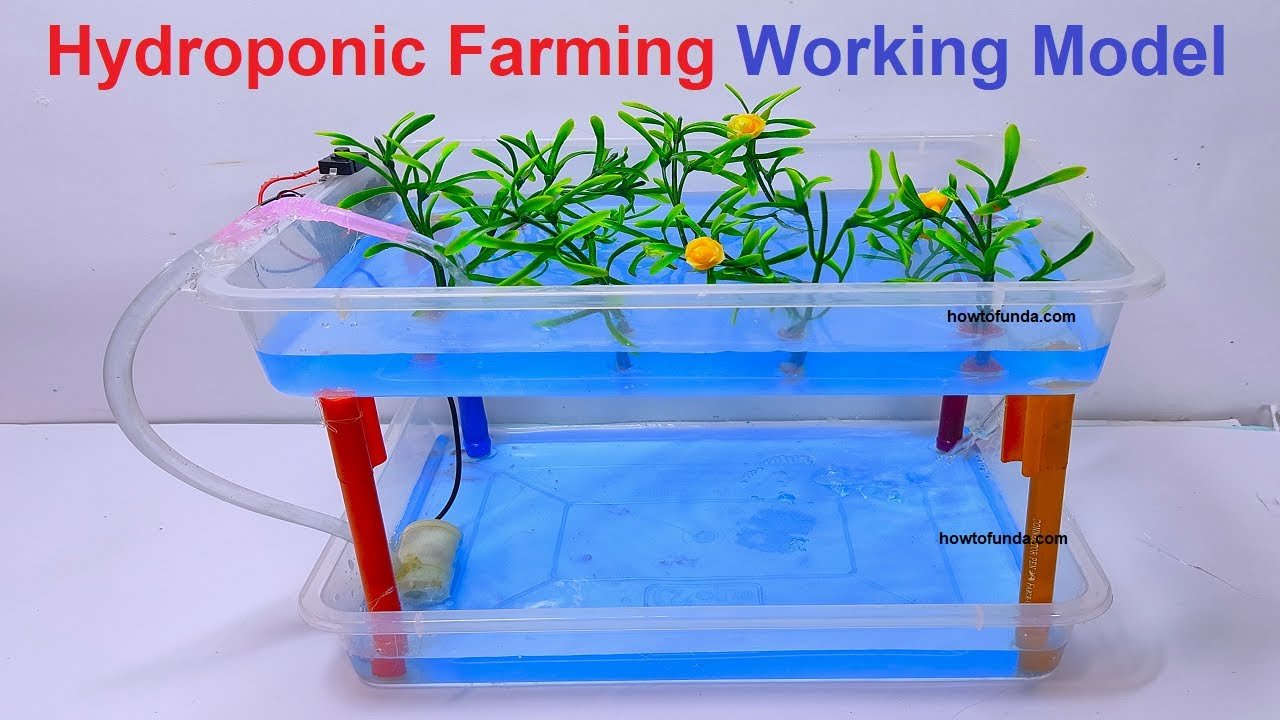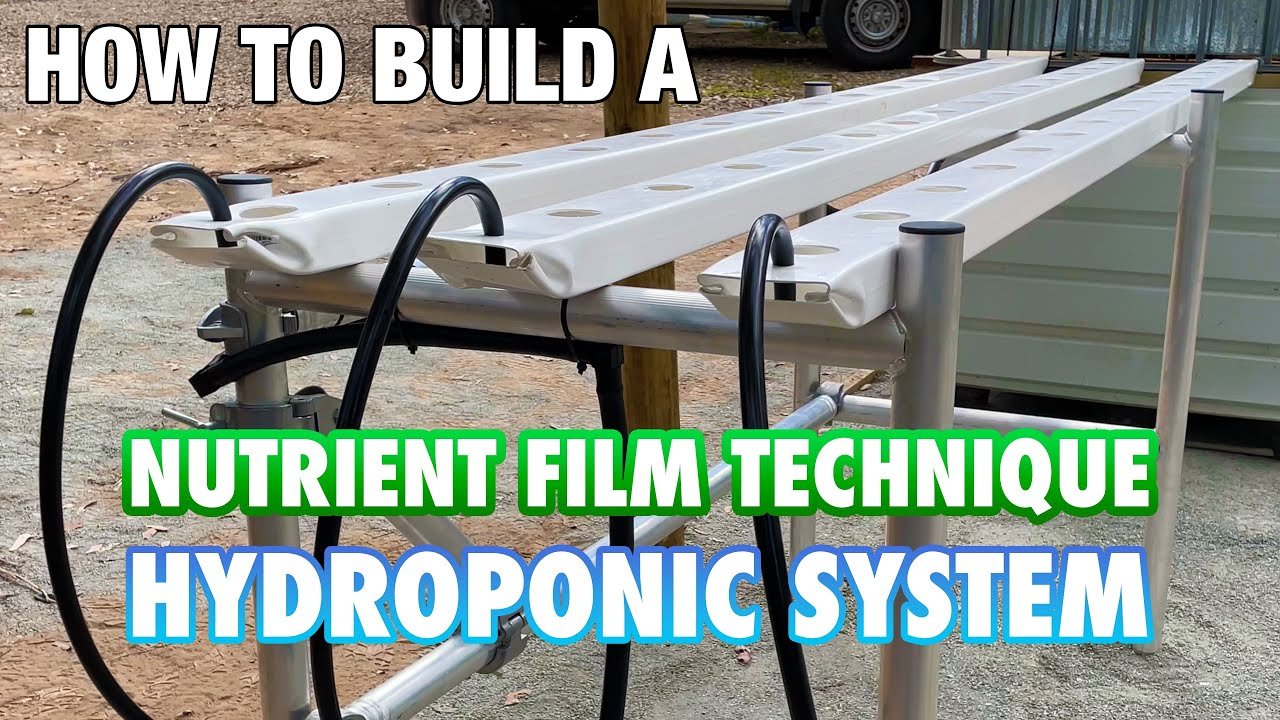My Backyard Aquaponics Adventure
Ah, coffee. The one constant that has seen me through countless projects—both successful and not-so-much. It’s funny how brewing a pot of joe can spark the motivation to take on what seems like an extravagant undertaking. In my small town just outside DFW, I decided to dive into the world of aquaponics last summer. Little did I know, it would be one of the most memorable—and frustrating—journeys of my life.
The Spark of Inspiration
It all started one sunny afternoon when I stumbled across a YouTube video about aquaponics. There was something magical about the notion of fish and plants coexisting in a self-sustaining cycle. I imagined all the fresh veggies I could grow right in my own backyard, and let’s not forget about the fish! I’ve always been fascinated by aquariums, but this was a whole new level. I could practically taste the fresh basil and tomatoes from my own mini-farm. I mean, how hard could it be, right?
I rummaged through my shed, found an old 55-gallon plastic barrel, and unearthed an aquarium pump that had been collecting dust since my college days. It was like I was destined to do this. Armed with my determination, a hodgepodge of materials, and a large coffee mug, I set out on my aquaponics journey.
Making Mistakes: The Art of Trial and Error
I thought I had everything figured out until I hit my first snag. You see, I’d decided on tilapia because they’re hardy and easy to care for. I drove over to the local fish store, and you can guess the look on the owner’s face when I told him my plan. “Best of luck, buddy,” he said, chuckling. Maybe it was the wide-eyed enthusiasm on my face. I have to admit, I was a bit naive.
Once home, I set up my barrel with the fish at the bottom and a system of PVC pipes leading up to a grow bed. The smell of chlorinated water reminded me of my childhood pool days—not exactly a refreshing aroma for what I anticipated to be a thriving ecosystem. I poured in some water treatments, crossed my fingers, and released the little fishy fellas into their new home.
I thought I nailed it. The plants were growing, and the fish were swimming. But then the water started turning green like a murky swamp. Panic set in. I frantically Googled “why is my aquaponics water green” and learned about algae blooms. Lesson number one: low light can create a perfect storm for algae to thrive. So there I was, outside in the Texas heat, partially disassembling my setup to expose it to more sunlight, all while trying to keep my tilapia from panicking.
The Fishy Fallout
Things took a turn for the worse when I realized the pump wasn’t pushing enough water through the system. My biggest mistake: I’d bought a pump that was too small, thinking it would be easier on my electric bill. The water wasn’t circulating as it should have been, and before I knew it, I lost a few fish. That was a gut punch. I felt like I’d failed them, and honestly, I went inside and drowned my sorrows in coffee mixed with a hint of despair.
I agonized over whether to quit. Had I bitten off more than I could chew? But the picture of that lush backyard kept surfacing in my mind. Something inside me pushed me to keep tinkering. Back I went to the drawing board, which, let’s be honest, was more like scribbles on a napkin than actual plans. I wound up using leftover materials from my home renovation, like some old gutters that I hadn’t tossed out yet. With a little bit of duct tape, a good amount of hope, and those stubborn tilapia still swimming around, I started over.
Finding the Groove
Success isn’t linear; it zig-zags in unpredictable patterns, much like my attempts with aquaponics. After some trial and error (with plenty of coffee breaks to soothe my nerves), I learned how to balance the pH level of my water using crushed eggshells and vinegar. Who knew recycling my breakfast leftovers would help me grow my lunch?
There were days I just stared at those fish, watching them swim, and felt a swell of pride. My backyard started transforming. The tomatoes and basil were thriving, and I even had a healthy crop of kale pop up unexpectedly. I should’ve taken a victory sip of coffee, but lets be honest—I had plain old black coffee on hand that day.
The Meat and Potatoes
So here’s the kicker. Aquaponics turned my backyard into this living, breathing system that was beautiful to behold. It taught me patience. I learned the hard way that nothing good comes easy—especially not when you’re coaxing nature to cooperate with your imperfect plans. The neighbors started stopping by, asking about my “farm” and jokingly wondering if they could trade me some veggies for fish. Somehow, I went from frazzled beginner to a source of pride for my little community.
The Takeaway
Honestly, if you think building a system like this is daunting, don’t let my story scare you. Dive in and make those mistakes. Your backyard won’t transform overnight, but eventually, you might just find joy in the little hiccups along the way. If you’re thinking about doing this, don’t worry about getting it perfect. Just start. You’ll figure it out as you go. And who knows? Maybe you’ll even inspire your own neighborhood along the way.
If you want to join me for the next session in our backyard revolution, reserve your seat here. Grab a cup of coffee—better yet, a homegrown tomato—because you’re going to need it!






Leave a Reply